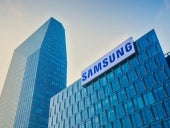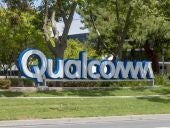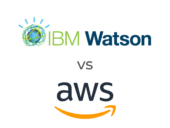
Internet of Things
TR AcademyLearn How IoT Can Power Your Business With This $60 Developer Bundle
Take advantage of this limited time opportunity, and get the All-In-One Raspberry Pi & Arduino Developer Bundle at $59.97. Only through April 21st.

Take advantage of this limited time opportunity, and get the All-In-One Raspberry Pi & Arduino Developer Bundle at $59.97. Only through April 21st.

From generative AI and virtual prototyping to the Internet of Things, blockchain and data analytics, Merkle has predicted that four shifts in the business-to-business market will shape tech buying appetites.

Discover what industry experts think the events of Q1 mean for the business cyber security landscape in the UK.

Enterprise news highlights from Mobile World Congress 2024 include novel AI and 5G capabilities, concept laptops and phones.

The FBI spotted this state-sponsored attack that highlights how home office setups can be overlooked when it comes to employees’ cybersecurity.

Other predicted technology trends for 2024 are AI will teach coders new skills, and more satellites will impact IoT devices and smartphone users.

Pressure to achieve cost efficiencies and sustainability targets are two reasons why Australian enterprises might soon invest more in the Massive Internet of Things, Nicholas Lambrou tells TechRepublic.

Phones, tablets and workstations with unpatched CVEs are a clear and present danger. New Armis study lists the most vulnerable.

New integrations expand on Matterport spatial data service for AWS IoT TwinMaker.

Exynos Connect U100 is a chipset for short-range, broad-frequency solutions that require pinpoint tracking.

By exploiting webcams and other IoT devices, hackers can spy on private and professional conversations, potentially giving them access to sensitive information, says BitSight.

Samsung's Exynos Modem 5300 reference platform now demonstrates 3GPP Release 17 compliance.

Qualcomm's new cloud platform for IoT developers and enterprises might be available to subscribers later this year.

As more technology runs business functions at the edge, new modes of managing that technology must also follow. AI and ML might just fit the bill.

A guide to choosing between IBM Watson and AWS IIoT Core services.